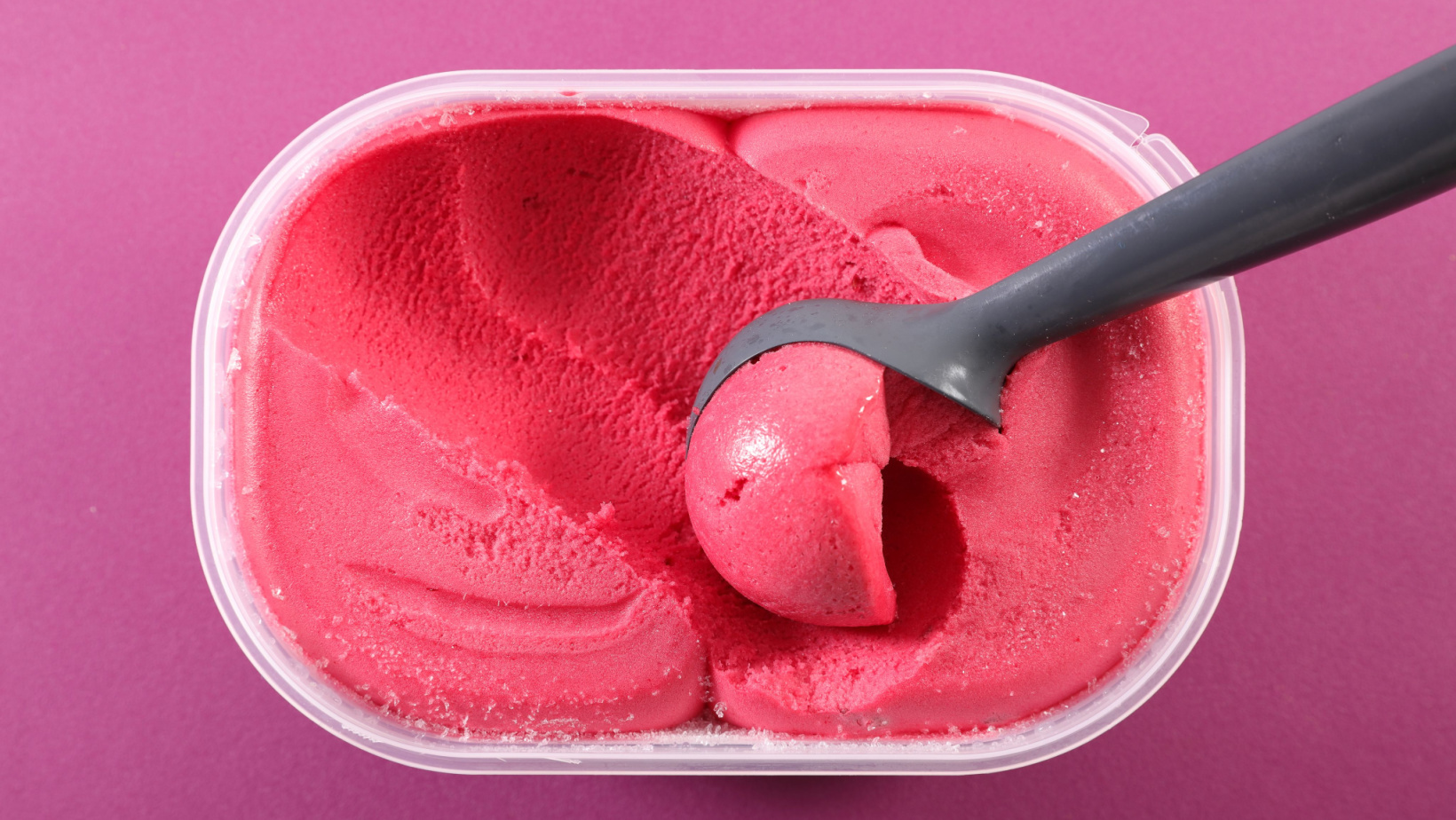Stabilizers do just that, they stabilize. But it is often thought that stabilizers are a multi purpose ingredient. By adding a stabilizer it does not completely change an ice cream to perfection. If that were true you could add a stabilizer to milk and churn it into ice cream. It’s just not possible to have one ingredient be the end all be all for something as complex as ice cream. So what exactly are the factors that play into scoopability and how do they differ from the stabilizer? Should we use one over another or should they live in harmony?
“Do stabilizers equal scoop-ability?”
Homogenous Harmony?
Ice cream is fascinating. There are so many factors that play into what one person would consider “the perfect ice cream”. For some people, ice cream needs to be sweet and light and for others it needs to be dense and rich. But one thing I think we can all agree on is that we don’t want it to be as hard as a rock and icy.
This is where we get into our debate about stabilizers and scoop-ability. A stabilizer is an ingredient that works like an emulsifier. An emulsifier will keep the fat in the water living in harmony. The reason why this is important is that overtime even while frozen the water will try to evaporate causing freezer burn. If you’ve ever opened an ice cream and it’s covered in ice crystals this is the water escaping the emulsion. An added benefit of this is the strong emulsion will help cover the ice crystals. This means that they will be less noticeable with eating the ice cream, which in return makes it feel smoother and creamier. This tackles one aspect that makes a great ice cream, it makes it creamier. In addition some stabilizers can help incorporate air into and ice cream. The more air that is included in an ice cream the easier it may be to scoop. This is known as “overrun“. But doing this in a home ice cream maker will not give you the same effect as a commercial ice cream maker will. Commercial ice cream makers will pump air into the churn to help create a lighter product. This is not something that can be done in a home churn.
So if stabilizers handle the creaminess of an ice cream then what handles the scoop-ability? There are two things that play part in making an ice cream perfectly scoop-able. It’s the sugar content and the fat content. A higher fat content will cause an ice cream to be more scoop-able since fat freezes at a different temperature than water. If you reduce the amount of water and replace it with fat then you’re more likely to have an ice cream that will be scoop-able at lower temperatures. With a higher butterfat content, you do run the risk of the emulsion breaking during the churning process. The result of a broken emulsion is a greasy ice cream. An ice cream with a broken emulsion leaves a slick, lingering texture on your palate.
Sugar content is the easiest one to manipulate. Adding more sugar depresses the freezing temperature of water. The only issue you run into is an unbalanced extremely sweet ice cream. Thankfully there are simple fixes to this issue. Replacing part of the sugar with another sweetener is the key. Glucose DE 42 is about half as sweet as table sugar, but it contains the same qualities as table sugar. I like to suggest replacing half of the sugar with double the amount of glucose DE42. For example;
2 Tbsp Sugar
=
1 Tbsp Sugar
2 Tbsp Glucose DE42
This way you increase the amount of sweetener which lowers the freezing temperature of the water. In addition you don’t add any extra sweetness since the glucose is only 50% as sweet as sugar. And for anyone wondering the sugar and glucose powder can be mixed together before the recipe. It will not alter how you make your current recipe. The reason why lowering the freezing point of the water is important is to prevent the ice cream from becoming rock hard.
Another way to depress the freezing point of ice cream is to add alcohol. We have covered this in depth in another article found here.
The two ingredients that we recommend for making the best ice cream at home are perfect ice cream and glucose DE 42. Both of these ingredients will help make a recipe creamier and easier to scoop. The next time you’re running into issues with your ice cream, reference this article to help keep you on track. For a great base ice cream recipe click here and until next time, keep cooking!


